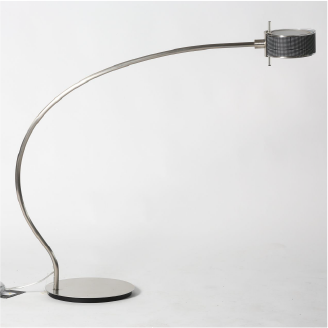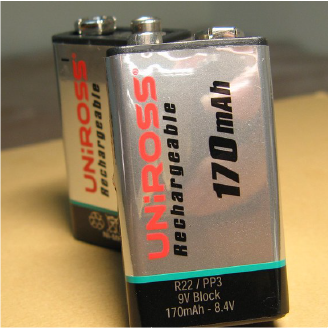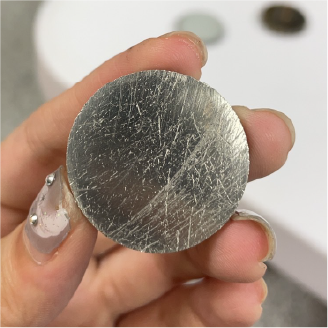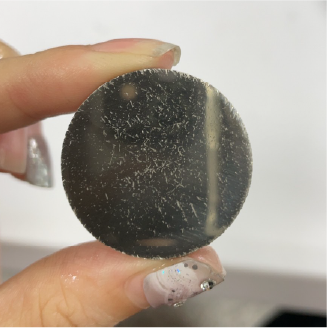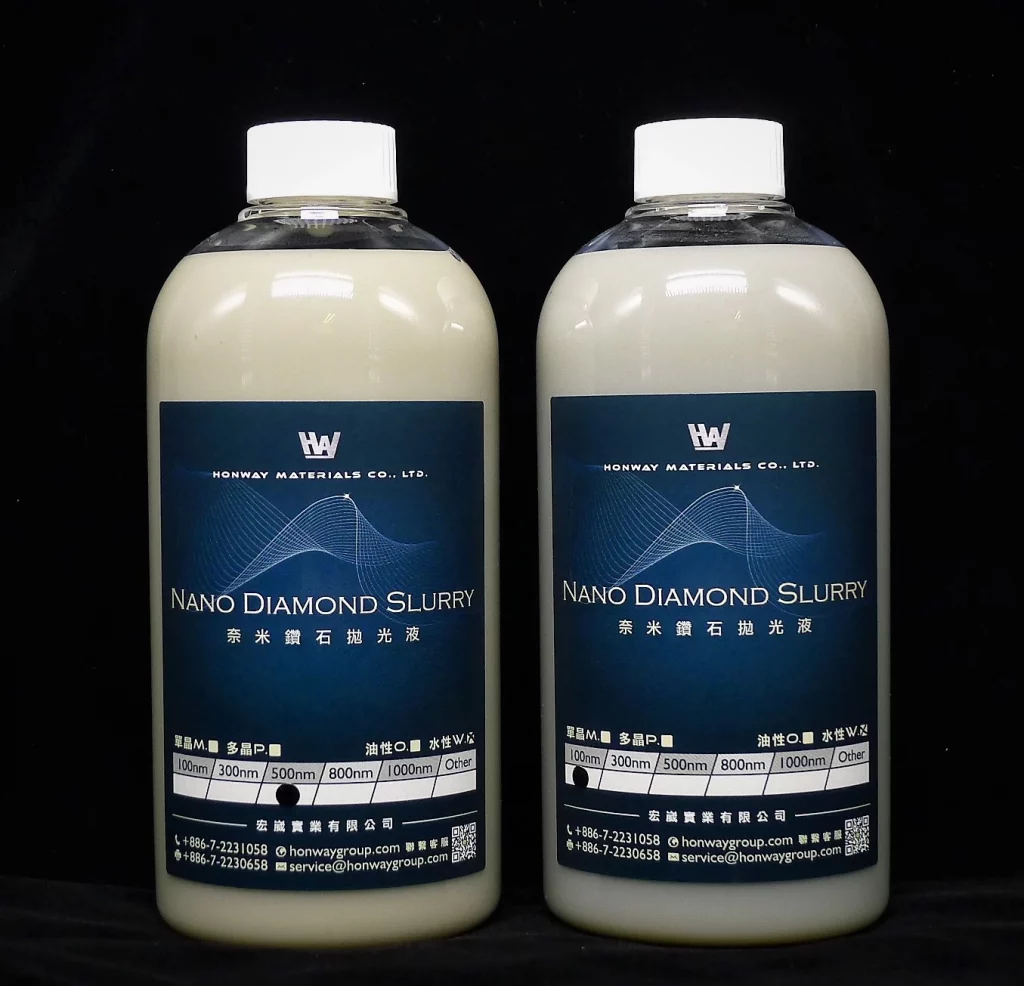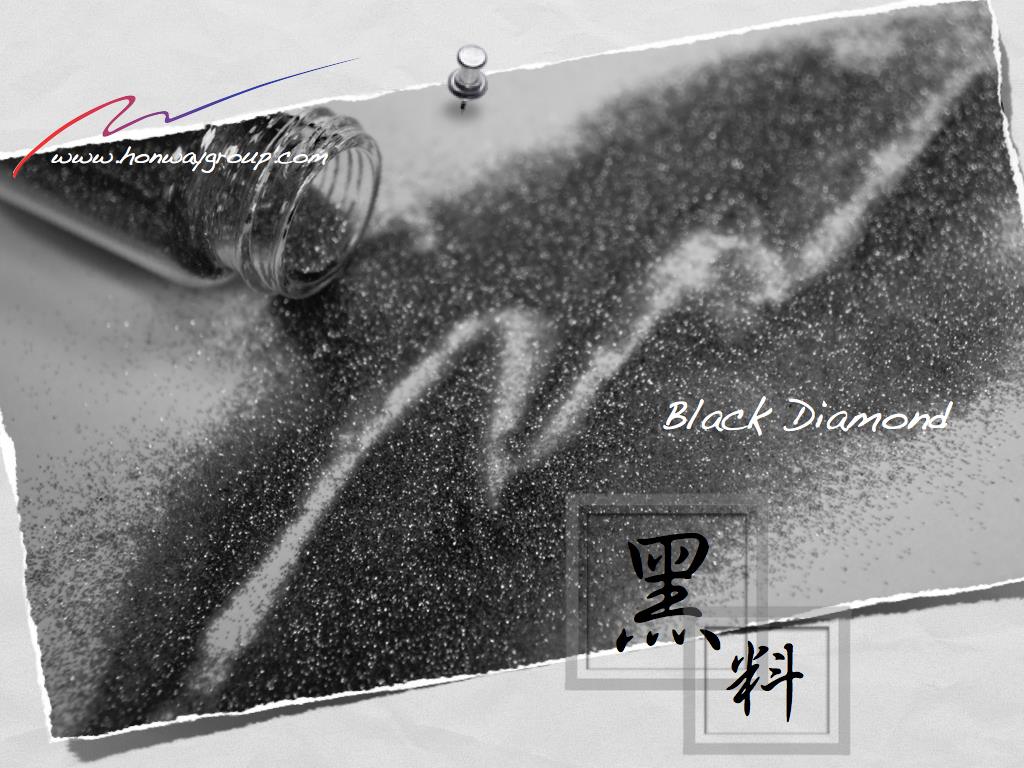Table of Contents
Introduction to Chemical Element-Nickel
Nickel, with the chemical symbol Ni, is a silvery-white metal with a slight golden hue. As a transition metal, it is known for its hardness and ductility, and at room temperature, it exhibits excellent corrosion resistance. This property makes nickel ideal for electroplating, which is commonly applied to surfaces of metals such as iron and brass, the interiors of chemical equipment, and alloys like nickel silver, which require a maintained silvery appearance. Electroplated nickel not only enhances the corrosion resistance of materials but also gives them a shiny, attractive finish, making it valuable for both functional and aesthetic purposes.
Common Questions about Polishing Nickel
- Common Applications of Nickel
Stainless Steel Alloys (such as 304 and 316 Stainless Steel): Nickel is a key material in the production of stainless steel, with around two-thirds of the world’s nickel supply used for this purpose. Nickel-containing stainless steel is resistant to corrosion from air, water, acids, alkalis, and salts, making it widely used in the chemical, metallurgical, and construction industries to enhance material durability and strength.
Electroplating: Nickel plating involves covering the surface of steel or other metals with a corrosion-resistant layer of nickel, which offers 20%-25% more corrosion protection compared to zinc plating. Nickel-plated items not only have a clean and attractive appearance but also provide excellent rust resistance.
Nickel Batteries: Metallic nickel is also widely used in the battery industry, including nickel-hydrogen (NiMH), nickel-cadmium (NiCd), and nickel-manganese batteries. In recent years, NiMH batteries have seen the fastest growth, offering advantages such as being non-toxic, environmentally friendly, having 30% higher energy capacity than NiCd batteries, being lighter in weight, and having a longer lifespan.
2. Advantages of Nickel
Corrosion Resistance: Nickel offers excellent corrosion resistance, especially in environments where it is exposed to air, water, or acidic and alkaline conditions. This makes it widely used in stainless steel production and anti-corrosion coatings.
Malleability and Ductility: Nickel is highly ductile and malleable, allowing it to be easily shaped into thin sheets, wires, or other complex forms.
Electrical and Thermal Conductivity: Nickel has good electrical and thermal conductivity, making it a common material in electrical equipment, electronic components, and batteries.
3. Common imperfections
Scratches: After grinding, nickel material can adhere to the abrasive surface, and as the tool rotates, scratches may occur, making it difficult to enhance the gloss of the surface.
(The image also shows issues related to fine lines.)
Fine Lines: Using diamond polishing pads may lead to a chemical reaction with nickel, causing abrasive wear and leaving fine line marks.
(Nickel contains iron, which can react with the diamond pad during grinding, reducing it back to graphite. >> For more details, refer to the article: How to Choose Between Diamond and CBN Grinding Wheels?)
Oxidation: Nickel reacts with oxygen in the air, causing its surface to lose luster, which affects the product’s appearance.
4. Difficulties in polishing nickel compared with other metals
Chemical Reactions: Nickel can chemically react with diamond during polishing, leading to increased abrasive wear on the grinding pad.
Long Processing Time: Due to reduced use of electroplated pads, after rough polishing, it is necessary to process with coarse abrasive fine polishing pads, which can be time-consuming.
Nickel Polishing Experiment
Nickel is a metal known for its excellent corrosion resistance and ductility, frequently used in consumer goods and electronic components. However, the polishing process often presents challenges such as scratches and chemical reactions, both of which can affect the final surface gloss and overall performance.
To effectively address these issues, Honway Laboratory conducted mechanical polishing experiments on nickel, exploring the impact of different polishing techniques and conditions on the polishing results. In the experiments, we evaluated the choice of polishing tools and abrasives, aiming to optimize the polishing process, improve the surface gloss and durability of nickel, and thus enhance its performance in practical applications.
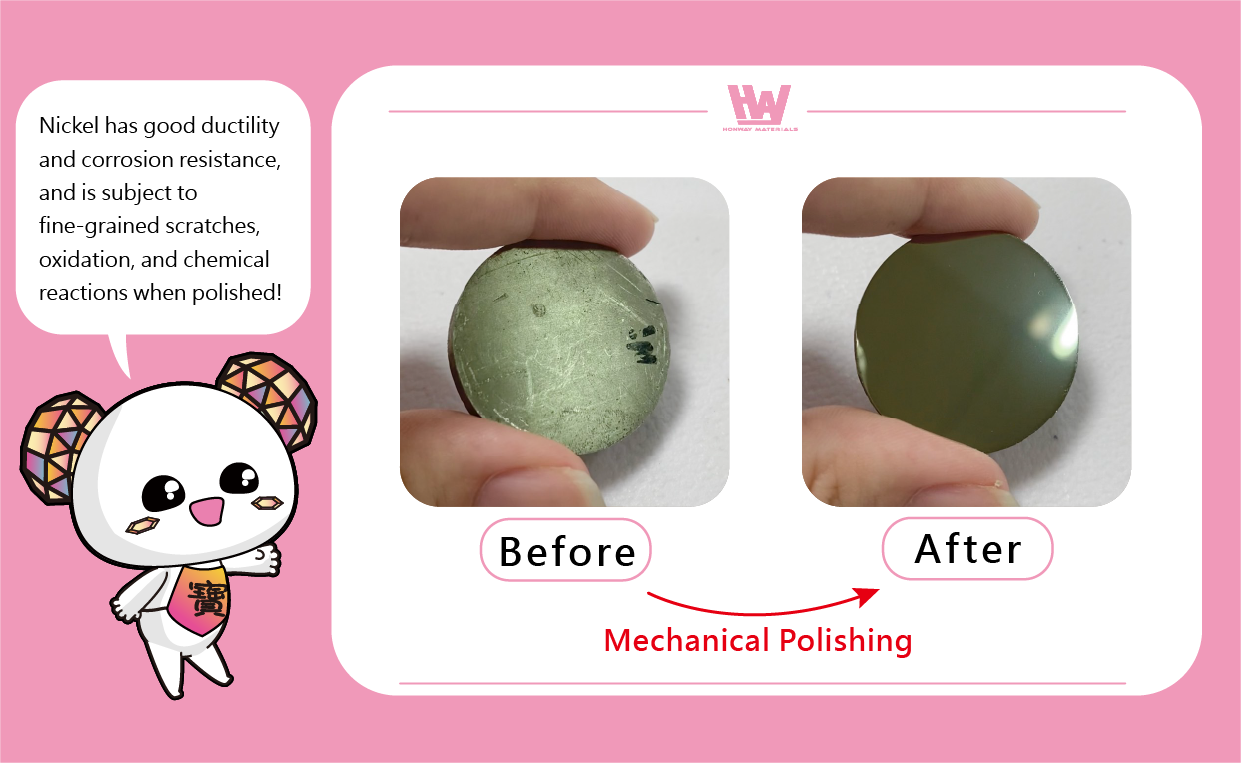
Tools Preparation
1. Metallographic Grinding and Polishing Machine
2. Grinding disc: Such as diamond grinding disc(honeycomb shaped) 400#, 1000#.
3. Polishing pad: Such as cerium oxide leather polishing pad, flocking polishing pad, short fiber velvet polishing pad with different abrasive types.
4. Polishing solution: Such as nano diamond polishing solution 15um, 6um, 0.5um can be used together.
Polishing Processes of Stainless Steel
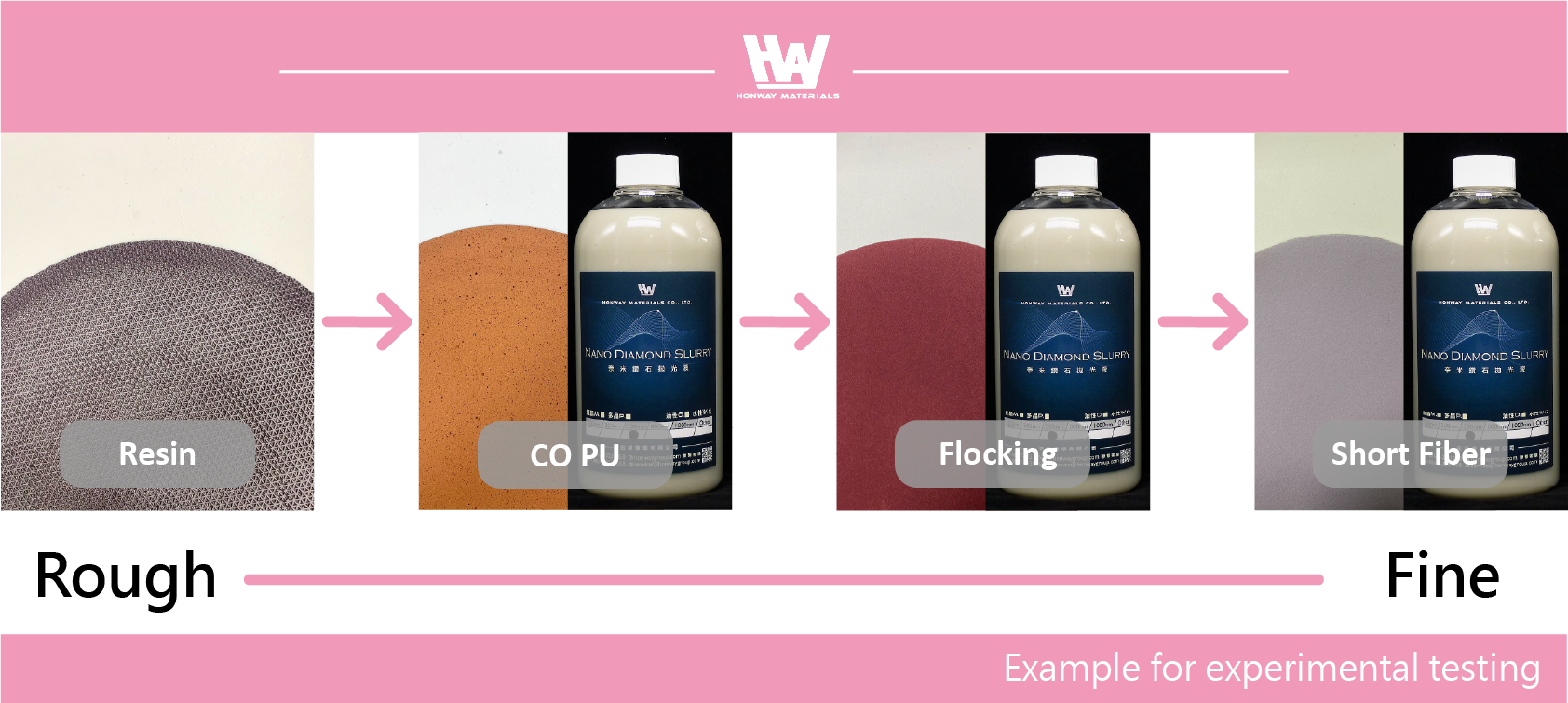
Diamond resin grinding disc + water > Cerium oxide + diamond solution > Flocking + diamond solution > Short fiber velvet + diamond solution
Polishing Issues in Experiment
1. Using an electroplated wheel can lead to increased abrasive wear.
2. Using a coarse grinding wheel, especially an electroplated wheel, can easily produce fine threads. It is recommended to use a fine polishing wheel for the polishing process.
Recommended Polishing Tools
Nano diamond polishing solution / Grinding solution / Suspension >>>Polishiing solution
- Best suited for: Mechanical operations.
- Form: Liquid (oil-based/water-based/alcohol-based).
- Polishing can be paired with: Double-sided grinders, chemical mechanical polishing (CMP), and metallographic grinding.
- ※ Since the abrasive is in a free-flowing state, it can polish a large surface area.
- ※ If the workpiece surface is still rough, you can opt for a polishing liquid with larger particle sizes.
Polishing pads / Grinding pads >>>> Coming soon, contact sales staff for more details~
- Materials:
- Contains abrasive: Cerium oxide leather, diamond resin grinding disc
- Does not contains abrasive: Flocking, short fiber velvet, polyurethane (black velvet), weave, fluff, porous, rough canvas, soft cloth, etc.
Precautions of Polishing Nickel
During the processing of nickel, especially in grinding, polishing, and cutting operations, there may be health risks associated with exposure to nickel dust and nickel compounds. Prolonged exposure to these substances can have adverse effects on human health.
The most common effect of nickel on the human body is an allergic reaction, with about 10% to 20% of people being allergic to nickel. When nickel-containing jewelry or other items are in prolonged contact with the skin, they may trigger an allergic reaction. The most common symptom is a rash at the point of contact, though the rash can sometimes appear in areas distant from the contact site. In rare cases, individuals allergic to nickel may also experience asthma attacks due to nickel exposure.
In the nickel processing environment, nickel dust may be inhaled into the lungs, causing harm to the respiratory system. Long-term inhalation of nickel dust increases the risk of developing respiratory inflammation and diseases such as pneumonia.
Conclusion
Nickel is used in a wide range of applications in our daily lives, from stainless steel alloys and nickel-plated products to nickel batteries. Understanding its corrosion resistance, ductility, and chemical reactions with other elements is essential knowledge. As operators, creating a safe working environment, choosing the right processing methods, and selecting appropriate polishing tools can effectively reduce production costs, shorten production time, and enhance both the overall quality and lifespan of products.
Action
- Does the current measurement of surface roughness meet your expected target? >>> Comparison Table of Grinding and Polishing with Surface Roughness
- Common problems and solutions about metals>>> Metal Polishing Defect Repair Guide: Common Problem Solutions and Recommended Quality Materials and Tools
- How to solve >>> Six mold polishing techniques: How many do you know?
- Implement >>> polishing abrasives, polishing equipment, polishing tools
- Review
We offer customized adjustments to the grinding process, tailored to meet processing requirements for maximum efficiency.
After reading the content, if you still don’t know how to select the most suitable option,
Feel free to contact us and we will have specialist available to answer your questions.
If you need customized quotations, you’re also welcome to contact us.
Customer Service Hours: Monday to Friday 09:00~18:00 (GMT+8)
Phone: +8867 223 1058
If you have any topics you want to learn more about or if you find it difficult to explain over the phone, feel free to message us on Facebook~
Honway Facebook: https://www.facebook.com/honwaygroup


